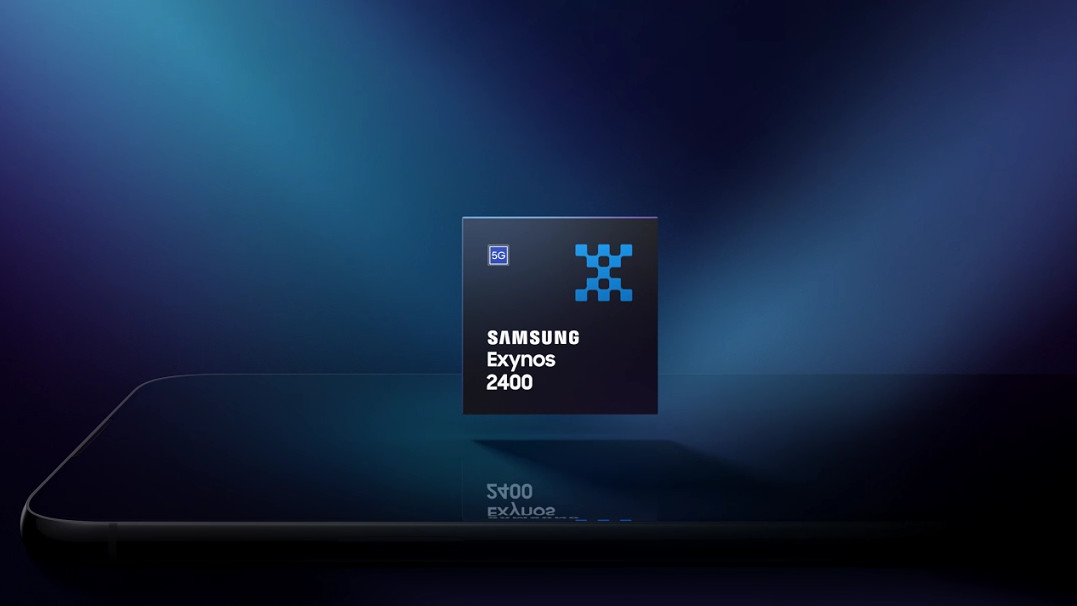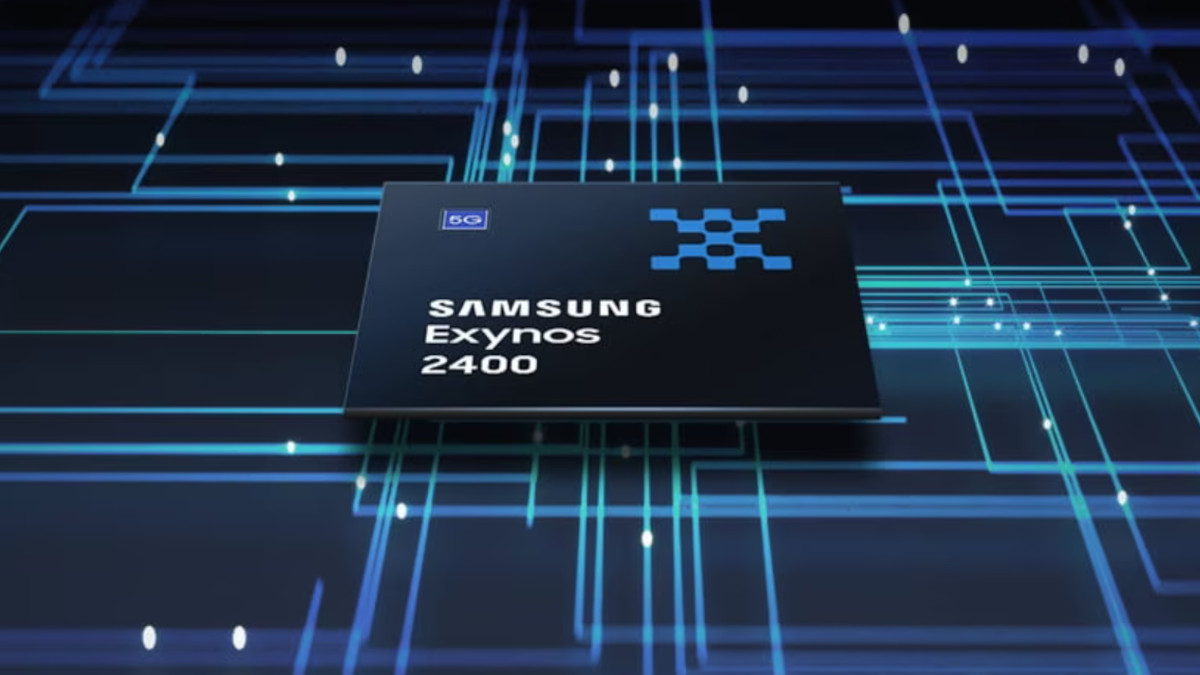
TL;DR
- Samsung has fully revealed the Exynos 2400 flagship processor.
- The chip brings a 10-core CPU and a new GPU based on AMD’s RDNA 3 graphics tech.
- The Exynos 2400 powers the S24 and S24 Plus in several markets outside the US.
The Samsung Galaxy S24 and S24 Plus are powered by the Snapdragon 8 Gen 3 or Samsung’s own Exynos 2400 chipset, depending on the region. We already know all about the Snapdragon chipset, but Samsung Semiconductor has now fully revealed the Exynos 2400 too.
The Exynos 2400 is built on a third-generation Samsung 4nm process, with the company saying it’s the company’s first chipset to use a Fan-Out Wafer-Level Package. The manufacturer claims that this packaging should result in a cooler chipset.
Exynos 2400: The basics
Samsung’s latest Exynos processor brings a deca-core CPU instead of the more conventional octa-core arrangement. This isn’t the first time we’ve seen a 10-core smartphone CPU, owing to MediaTek’s Helio X20 processor in 2015, but it’s certainly a more intriguing setup.
Expect one Cortex-X4 big core, five Cortex-A720 medium cores, and four Cortex-A520 little cores. The company didn’t dish out clock speeds for these CPU cores, save for stating that two medium cores run at “high frequency” and three medium cores run at “low frequency.”
Samsung previously confirmed that the Exynos 2400 will pack an Xclipse 940 GPU based on AMD’s RDNA3 graphics architecture. This brings second-generation ray-tracing capabilities, global illumination, and ray-traced shadows.
AI and connectivity

The Galaxy S24 series offers plenty of generative AI features, so it’s no surprise to see the Exynos 2400 bringing support in this regard. Samsung claims that the new Exynos chipset offers a 14.7x boost in AI performance, albeit compared to the Exynos 2200 in 2022’s Galaxy S22 series. The firm also says the new processor delivers an NPU with 17,000 MACS of AI computing power.
The company didn’t reveal any other information about the Exynos 2400’s AI capabilities, such as efficiency gains, supported bit depths, details regarding large language models, or other tidbits. So it’s a little difficult to figure out how the chip’s AI capabilities compare against Qualcomm, Google, and MediaTek’s latest processors.
Meanwhile, the new chipset’s modem supports the Release 17 standard. Expect downlink speeds of up to 9.64Gbps when using sub-6GHz or 12.1Gbps via mmWave. Uplink speeds top out at 2.55Gbps and 3.67Gbps, respectively.
The Exynos 2400 also supports non-terrestrial networks (NTN) for satellite communications, as per the Release 17 standard. We’re guessing that the S24 and S24 Plus don’t support satellite communications, but we’ve asked Samsung representatives to confirm this anyway.
Camera and multimedia
Modern smartphone processors boast powerful camera hardware, and the Exynos 2400 is no different. This new chipset brings support for single cameras of up to 320MP, besting the Exynos 2200’s 200MP single-camera support. Otherwise, this processor supports a 108MP camera at 30fps or a 64MP+32MP dual camera system at 30fps.
There’s more to a good smartphone camera than just megapixels, and the new Exynos chip also sports a “deep learning fusion engine” and hardware support for noise reduction. Furthermore, the SoC touts up to four cameras operating concurrently.
What do you think of the Exynos 2400?
0 votes
Don’t expect 8K/60fps recording just yet, as the Exynos 2400 still offers 8K/30fps video encoding capabilities. The phone does, however, support 8K/60fps playback and AV1 decoding as per previous Exynos chips.
The Exynos 2400 also supports a 4K screen at 120Hz or a QHD+ display at 120Hz.
Exynos 2400: Supported devices

Robert Triggs / Android Authority
Galaxy S24 and S24 Plus
Samsung’s latest flagship processor ships inside the Galaxy S24 and S24 Plus in several regions, including Europe, the UK, India, and South Africa. However, these phones are powered by the Snapdragon 8 Gen 3 processor in the likes of the US.
Nevertheless, we hope the Exynos 2400 can truly take the fight to its Snapdragon rival. After all, the Snapdragon vs Exynos war has been a one-sided affair lately.

